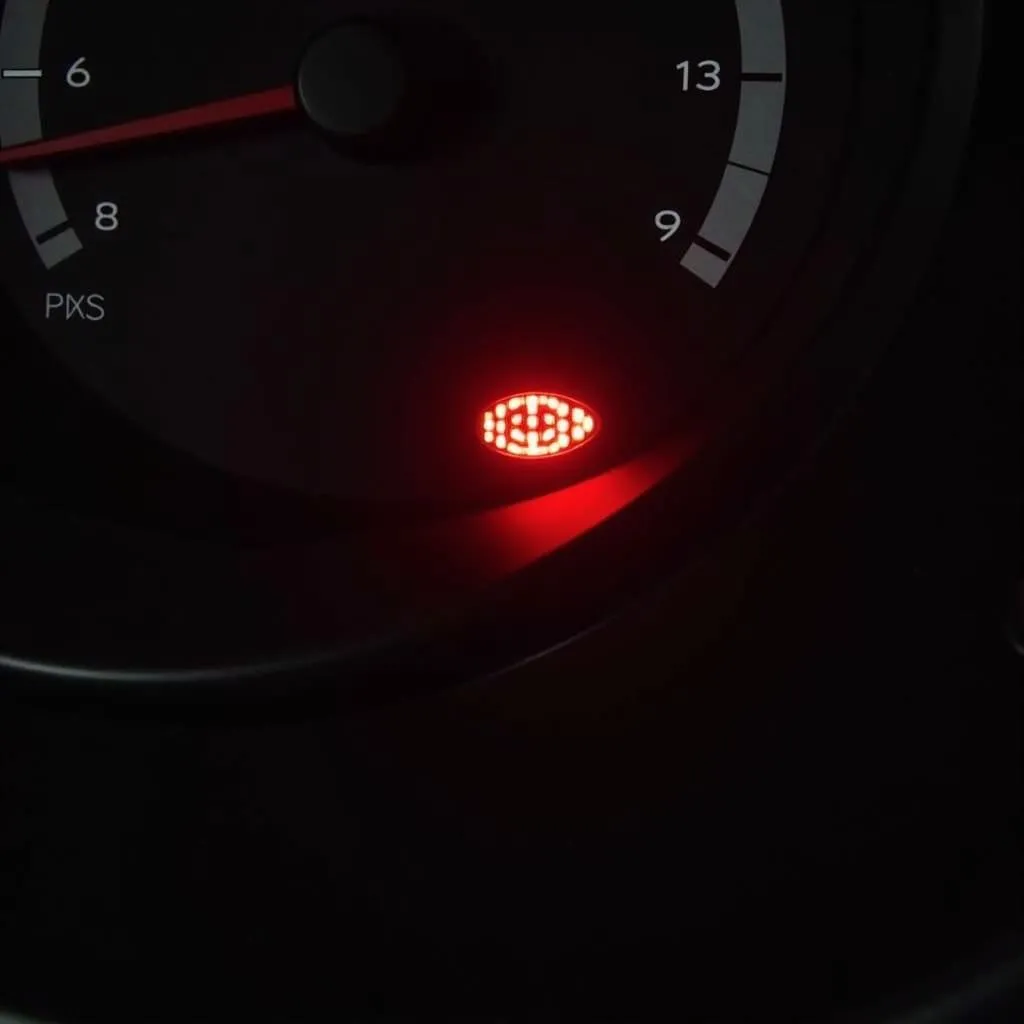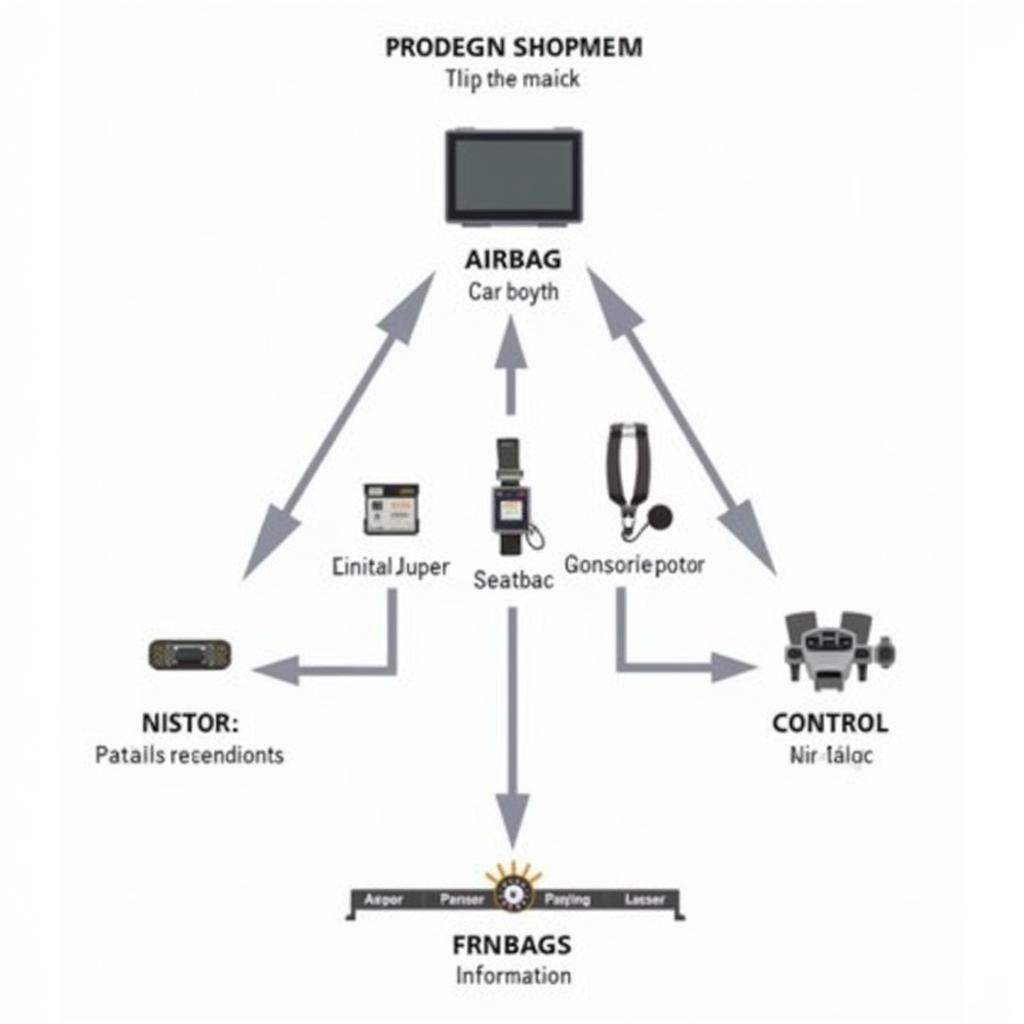Finding yourself asking, “What kind of anti-theft device do I have?” is a question more common than you think. With so many makes and models boasting varying levels of security, it’s easy to be in the dark about your own vehicle’s specifics. This guide will illuminate the path, helping you decode the mysteries of your car’s anti-theft system.
Why It Matters
Understanding your anti-theft system isn’t just about satisfying curiosity; it’s vital for:
- Troubleshooting Issues: A flashing light on your dashboard could be signaling a problem with the immobilizer, or a dead battery in your key fob might leave you stranded. Knowing your system helps you pinpoint the issue.
- Vehicle Maintenance: Regular maintenance of your security system, like replacing key fob batteries or understanding how the alarm is armed and disarmed, ensures it’s always in top shape to protect your investment.
- Insurance Purposes: Some insurance companies offer discounts for vehicles equipped with certain anti-theft devices. Knowing the specifics of yours can save you money.
Identifying Your Anti-theft System
Pinpointing your exact anti-theft setup might require a bit of detective work. Here are the key areas to investigate:
1. Owner’s Manual: Your Best Bet
The owner’s manual is your most reliable source of truth. Look for sections dedicated to “Security System,” “Anti-theft,” or “Immobilizer.” You’ll often find:
- System Name: Manufacturers often brand their anti-theft systems, like Ford’s “SecuriLock” or Toyota’s “Security System.”
- Features: Details on features like an alarm, immobilizer, keyless entry, and even GPS tracking might be outlined.
2. Visual Clues: Telltale Signs
Even without the manual, your car likely has visual indicators:
- Dashboard Lights: Look for symbols like a key, car with a lock, or the word “Security” that flash when the system is armed or experiencing an issue.
- Physical Deterrents: Visible devices like steering wheel locks, aftermarket alarm system LEDs, or window etching (VIN etched onto windows) can reveal additional security measures.
3. Vehicle Identification Number (VIN): Decoder Ring
Your VIN isn’t just a random string of characters; it holds information about your car’s specifications, including factory-installed options.
- Online VIN Decoders: Free online tools can decode your VIN, revealing information about the original anti-theft system installed.
Common Anti-theft Devices: A Quick Rundown
Here are some frequently found anti-theft systems:
- Immobilizers: These electronic systems prevent the engine from starting without the presence of a coded key or fob.
- Alarms: Triggered by forced entry, these systems typically use a combination of loud sirens, flashing lights, and even remote notifications to deter theft.
- Keyless Entry Systems: These use radio frequencies to lock and unlock doors, often incorporating rolling codes for added security.
- GPS Tracking: Some vehicles come equipped with GPS tracking, allowing you to locate your vehicle remotely in case of theft.
“Understanding the nuances of various anti-theft systems is crucial for effective diagnosis and repair,” notes automotive electronics expert, Dr. Emily Carter, in her book “Modern Vehicle Security: Systems and Solutions.”
Still Unsure? Cardiagtech Can Help
If you’re still uncertain about your anti-theft system or experiencing issues, don’t hesitate to reach out to the experts at Cardiagtech. Our team specializes in automotive diagnostics, programming, and remote software installation, offering you the knowledge and tools needed to keep your vehicle secure.
Frequently Asked Questions
How do I know if my car has an immobilizer?
Most modern cars come standard with immobilizers. Check your owner’s manual or look for a flashing key or security light on your dashboard when you turn the ignition off.
Can I upgrade my car’s anti-theft system?
Yes, you can add aftermarket security systems like alarms, GPS trackers, or even steering wheel locks to enhance your vehicle’s protection.
What do I do if my car alarm goes off for no reason?
First, try disarming the alarm with your key fob. If it persists, there might be a malfunction. Consult your owner’s manual or contact a trusted mechanic or Cardiagtech for assistance.
In Conclusion
Knowing what kind of anti-theft device you have empowers you to maintain your vehicle’s security effectively. Remember, your owner’s manual and a bit of observation are your greatest allies. However, when in doubt, CARDIAGTECH is here to provide the expertise and support you need.


